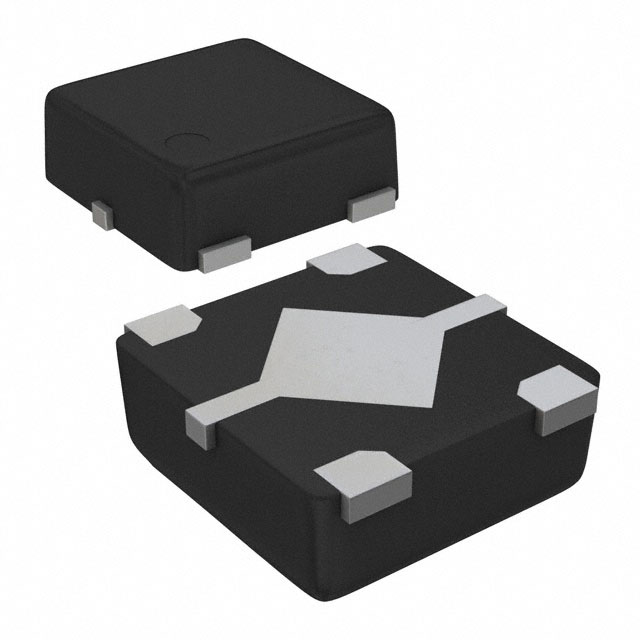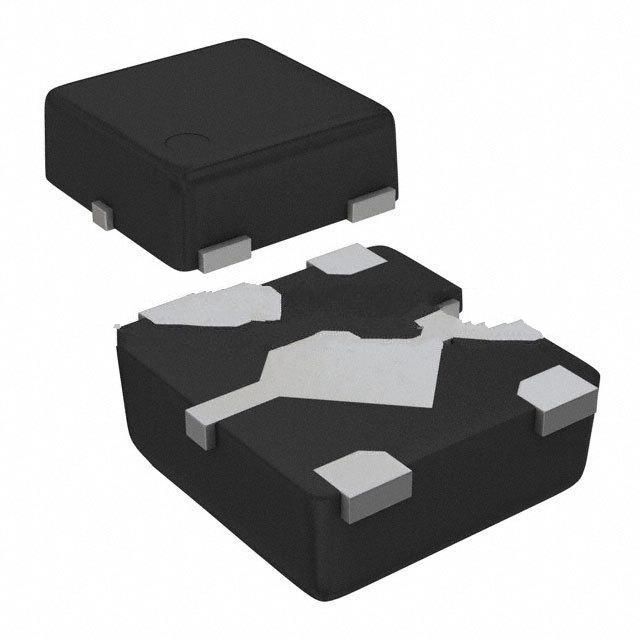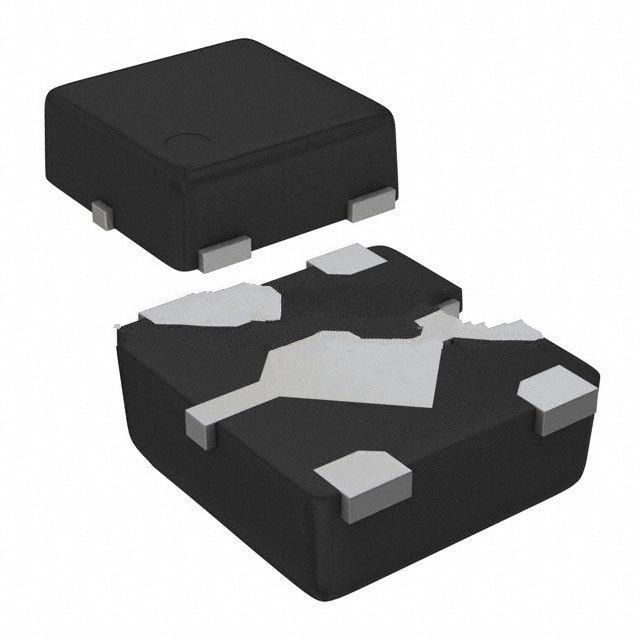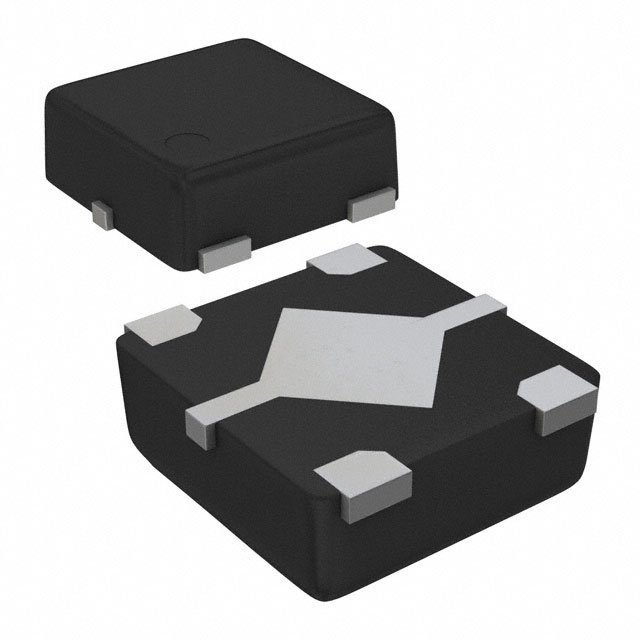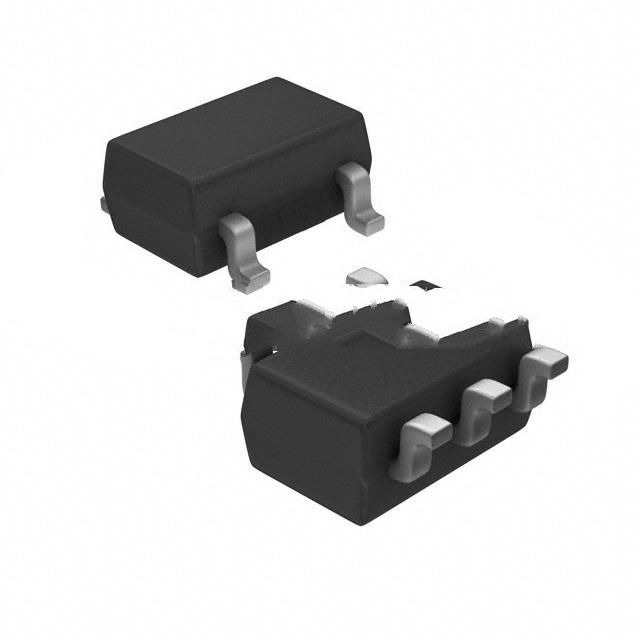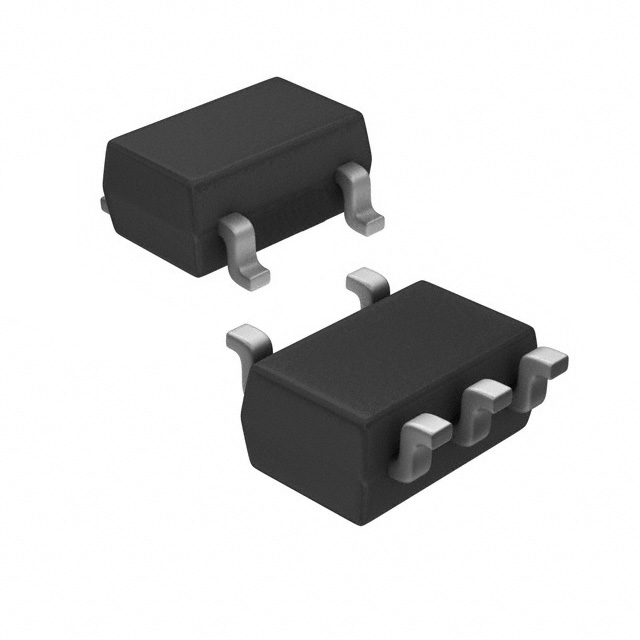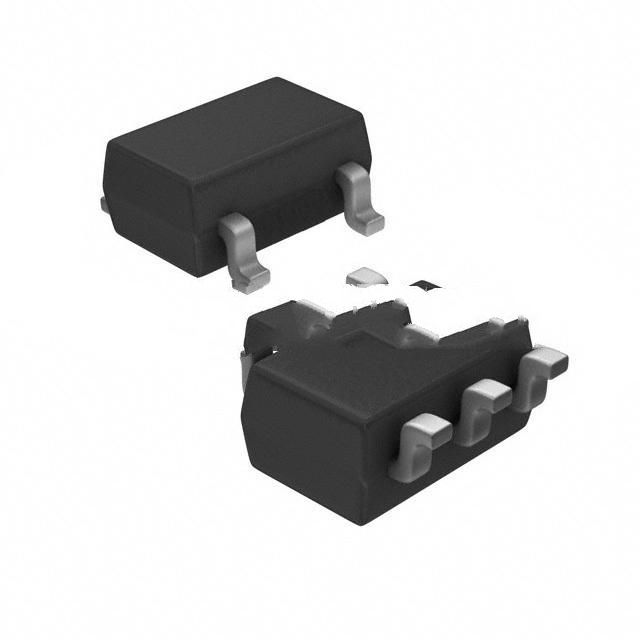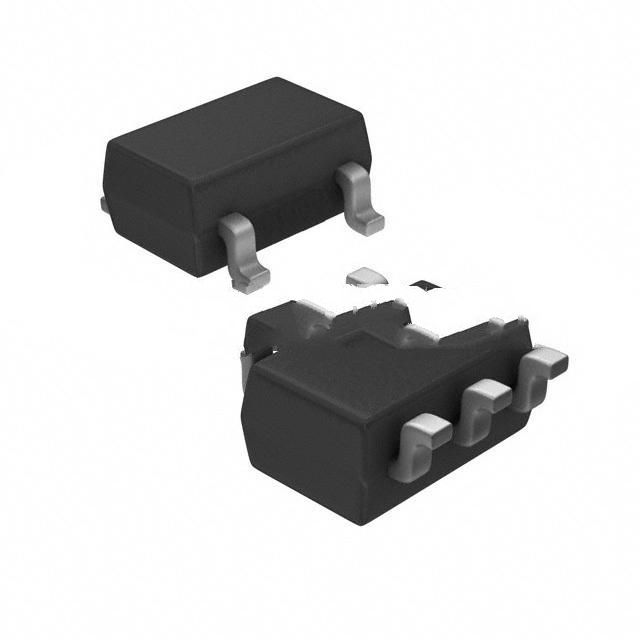S-1335F30-A4T2U3 Product Introduction:
ABLIC U.S.A. Inc. Part Number S-1335F30-A4T2U3(PMIC - Voltage Regulators - Linear), developed and manufactured by ABLIC U.S.A. Inc., distributed globally by Jinftry. We distribute various electronic components from world-renowned brands and provide one-stop services, making us a trusted global electronic component distributor.
S-1335F30-A4T2U3 is one of the part numbers distributed by Jinftry, and you can learn about its specifications/configurations, package/case, Datasheet, and other information here. Electronic components are affected by supply and demand, and prices fluctuate frequently. If you have a demand, please do not hesitate to send us an RFQ or email us immediately sales@jinftry.com Please inquire about the real-time unit price, Data Code, Lead time, payment terms, and any other information you would like to know. We will do our best to provide you with a quotation and reply as soon as possible.
Introducing the S-1335F30-A4T2U3, the latest innovation from ABLIC U.S.A. Inc. This cutting-edge product is a voltage detector IC that offers exceptional performance and versatility for a wide range of applications.
The S-1335F30-A4T2U3 boasts a compact and lightweight design, making it ideal for space-constrained environments. With a low supply current of only 1.5µA, this voltage detector IC ensures minimal power consumption, extending the battery life of your devices.
Equipped with a wide operating voltage range of 1.6V to 6.0V, the S-1335F30-A4T2U3 provides reliable voltage monitoring and detection. Its high-accuracy detection threshold of ±1.0% ensures precise voltage monitoring, allowing for efficient and reliable operation.
This versatile voltage detector IC is suitable for a variety of applications, including battery-powered devices, portable electronics, and automotive systems. It can be used to monitor battery voltage levels, trigger power-on/off sequences, and protect sensitive electronic components from overvoltage conditions.
With its advanced features and exceptional performance, the S-1335F30-A4T2U3 is the perfect solution for engineers and designers looking to enhance the functionality and reliability of their electronic systems.
Trust ABLIC U.S.A. Inc. to deliver innovative and high-quality products like the S-1335F30-A4T2U3, designed to meet the evolving needs of the electronics industry. Experience the difference today and unlock the full potential of your electronic systems with ABLIC U.S.A. Inc.
Voltage Regulators-Linear is an electronic device used to convert an unstable DC voltage into a stable DC voltage. It regulates the voltage through an active component (such as a transistor or field effect tube) and a feedback network to ensure that the output voltage remains constant within a certain range. Linear regulators usually operate under low input voltage changes and load changes, and are able to provide a very clean and smooth output voltage.
Application
Voltage Regulators-Linear has a wide range of applications, covering almost all electronic devices requiring a stable DC power supply. In the field of consumer electronics, linear voltage regulators are widely used in mobile phones, tablets, laptops and other portable devices to provide stable voltage support for core components such as processors, memory and display screens. In the field of industrial automation and instrumentation, linear voltage regulators are often used in precision measuring instruments, sensor signal processing and other occasions because of their low noise and high precision characteristics. In addition, linear regulators also play an indispensable role in areas such as medical equipment, aerospace, and automotive electronics, where the quality of the power supply is extremely high. For example, in medical equipment, linear regulators ensure the power stability of devices such as pacemakers and monitors, ensuring the safety of patients.
FAQ about PMIC - Voltage Regulators - Linear
-
1. What problems will linear regulators bring to the circuit?
The problems that linear regulators bring to the circuit mainly include low efficiency and a lot of heat.
Linear The main working principle of the voltage regulator is to control the output voltage of the transistor through a current amplifier to keep the output voltage stable. This working mode causes the linear regulator to control the regulating tube through a differential voltage when adjusting the output voltage. The control tube needs to absorb part of the input voltage, which makes the efficiency of the linear regulator relatively low. In practical applications, this means that the linear regulator will convert the difference between the input voltage and the output voltage into heat energy, causing serious heating of the device, especially when the input and output voltage difference is large, this power loss will further increase, causing the device to heat up.
-
2. When should a linear regulator be used instead of a switching regulator?
In low-power and low-frequency application scenarios, a linear regulator should be used instead of a switching regulator.
Linear regulator Suitable for low-power and low-frequency applications, with simple circuit structure, low noise and good stability. They control the output voltage of the transistor through a current amplifier to keep the output voltage stable. This working mode makes linear regulators perform well in low-power and low-frequency applications, although they are less efficient and generate more heat, and their application range is limited. In contrast, switching regulators use high-frequency pulse modulation technology to convert input voltage into a stable output voltage. They have the advantages of high efficiency, small size and fast response, and are suitable for high-power and high-frequency applications. Therefore, when the application requirements are not the main considerations for circuit complexity and cost, but have high requirements for the stability and
-
3. Which is better, switching power supply or linear regulator?
Switching power supply and linear regulator each have their advantages and disadvantages, and choosing which one is better depends on the specific application requirements.
The main advantages of switching power supply include:
High efficiency: The conversion efficiency of switching power supply can reach 90%~95%, which is much higher than the 30% or so of linear regulator.
Small size and light weight: Due to the high efficiency and high-efficiency transformer of switching power supply, large heat sink can be omitted, and high-frequency transformer replaces power frequency transformer, greatly reducing volume and weight.
Wide voltage regulation range: The output voltage of switching power supply can compensate for the change of input voltage by adjusting the duty cycle to ensure stable output voltage.
Various circuit forms: Designers can design switching power supplies that meet the needs according to different application scenarios.
However, switching power supplies also have so
 Lead free / RoHS Compliant
Lead free / RoHS Compliant


















